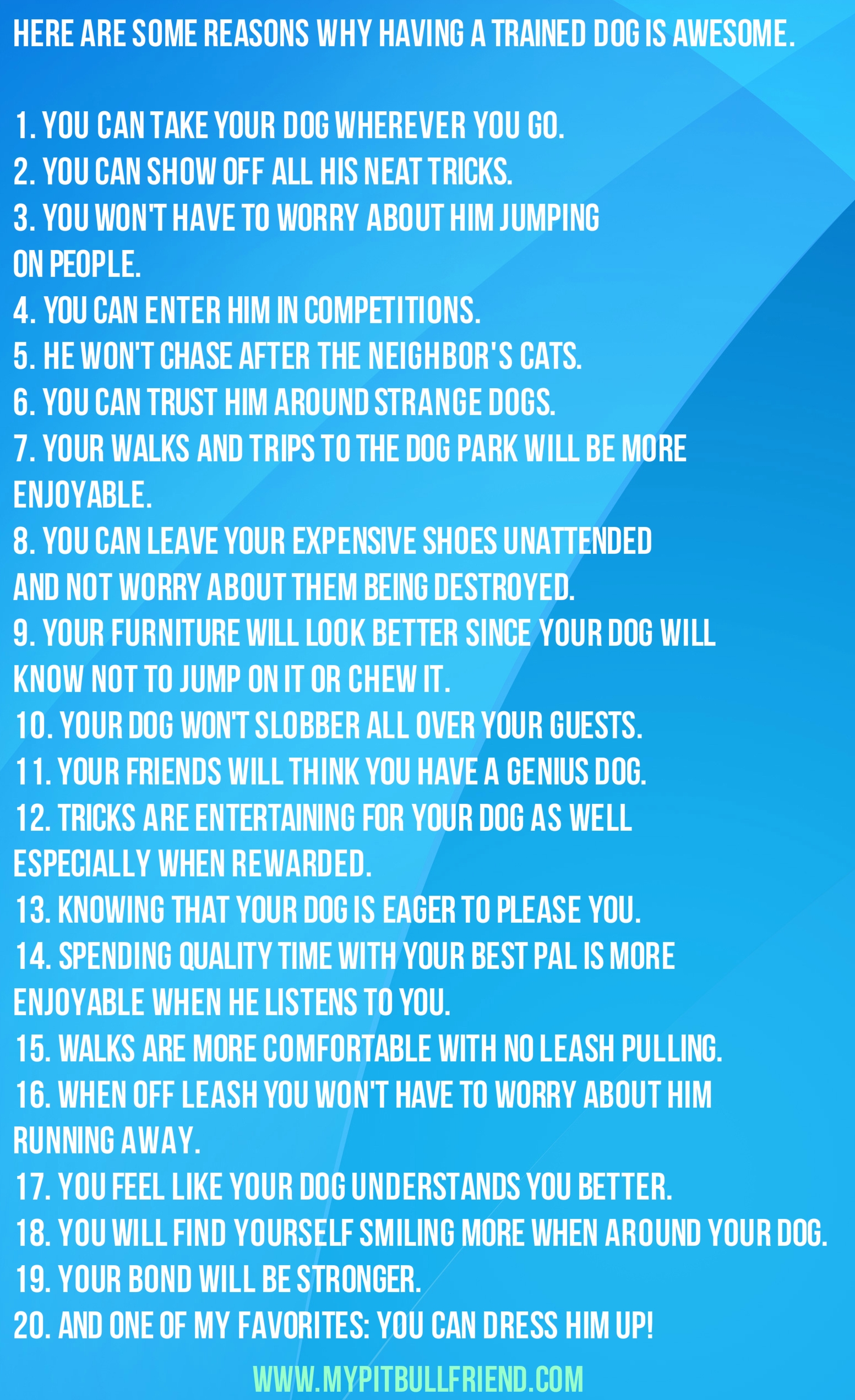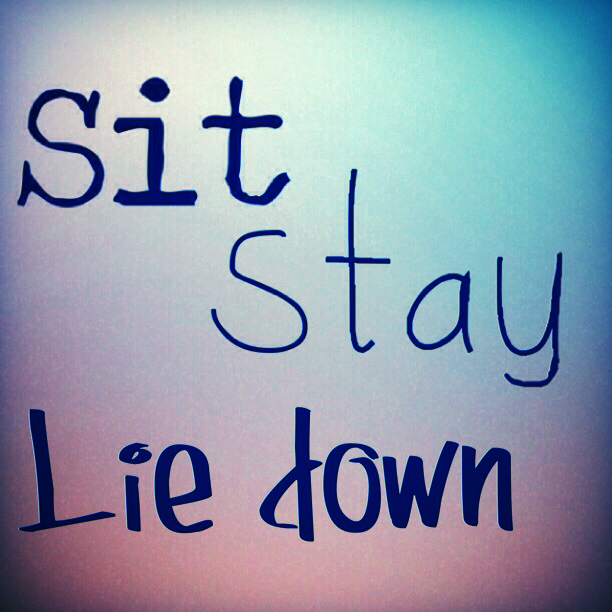by Jonathan Alonso
Pick the Right Name
Of course, you will want to pick a name that is catchy and clever, however there is more to consider than this. For the purposes of training, it is best to choose a short name that ends in a strong consonant. This lets you say his name so that he will always hear it clearly. Even if you have an older dog, you can get him used to a new name. If he has just been in an abusive situation, changing his name can represent a fresh start. If you use the new name consistently, he will learn to respond. The idea is to associate his name with pleasant, fun things. He should think of his name the same way he thinks of positive things like “walk” or “treat.”
Understand How Your Dog Learns
Many pet owners complains that their dogs just won’t listen. It is important to understand that dogs do not so much understand your words, but your actions. Dogs learn through what the immediate consequences of their behaviors are. Just like people, they work to get the good things they like and try to avoid the bad things. If a dog is rewarded for their good behavior, such as food or a good belly rub, they are more likely to do that behavior more often. On the opposite end, if their behavior results in being ignored or having something taken away, they will do that behavior less often. According to the ASPCA, the most important part of training your dog is to teach them that it pays to do things that you like. Just be sure that you aren’t rewarding undesirable behavior.
Consequences Should Be Immediate
Dogs live in the present. Unlike humans, they cannot make a connection between events and experiences that are separated in time. In order for your dog to connect something that they do with the consequences of it, the consequence must happen right away. This must be done in order for the dog to know that he is receiving the consequence because of what they just did. In addition to this, the consequences themselves must be consistent. This means that you and everyone else who connects with the dog should respond the same way every time the actions are performed. For example, one day your dog jumps on you and you love on her. The next time you come home and your dog does the same thing and you yell at them. This creates confusion in the mind of the dog.
Have Short Training Sessions
When you are teaching a dog new commands, keep the training sessions short, as they don’t have long attention spans. According to the ASPCA, training sessions should last about 15 minutes or less. Within that time, you can work on one or several different skills. To hold your dog’s interest, you can try doing 5 to 15 repetitions of one skill and then 5 to 10 repetitions of another one. You may also choose to do single repetitions at various times throughout your day. For example, if you want to give your dog a new bone to chew, you can make him sit down first to earn it.
Think About Prevention
Prevention can sometimes be the best solution for reoccurring problems with your dog. For example, if your dog won’t leave the trash can alone, you may try scolding him over and over with no solution in sight. Perhaps a better idea would be to move the trash can into an area where the dog can’t get to it in the first place. Prevention also works if you are trying to get your dog to do one thing over another. For example, if you are trying to house train your dog, you will prevent potential problems by putting her in a crate while she is inside.
Jonathan Alonso is a Dog fence expert and blogger for Flex Petz






